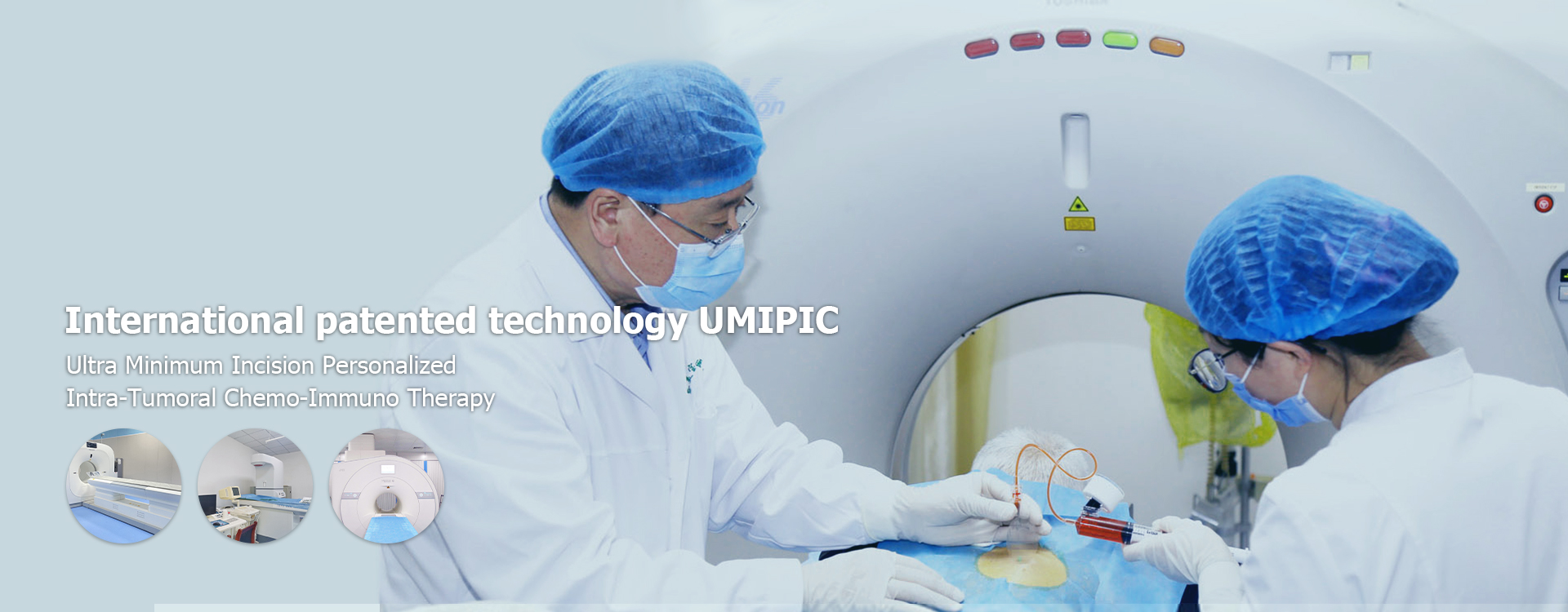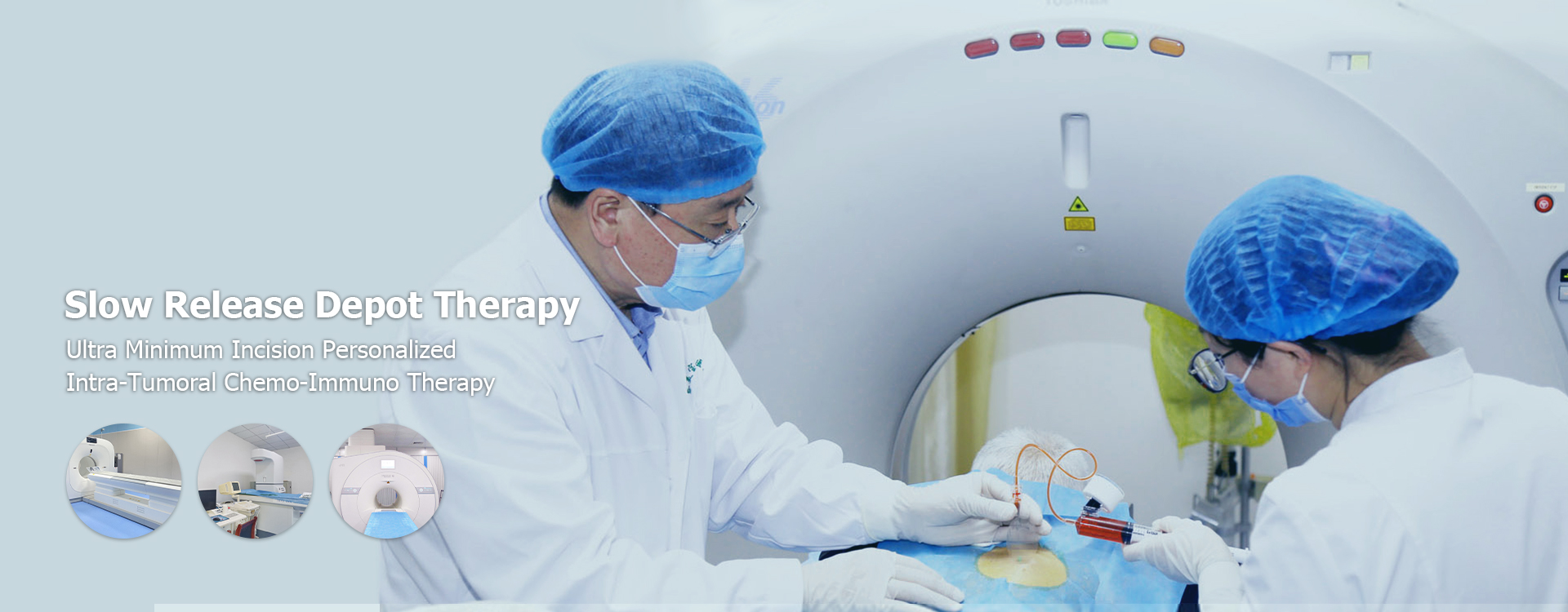
breast cancer screening
Breast cancer screeningplays a crucial role in early detection, potentially leading to more effective treatment and improved survival rates. Understanding the different screening methods, their benefits, and associated risks is essential for making informed decisions about your health. This guide provides a detailed overview ofbreast cancer screeningoptions, helping you navigate the process and understand current recommendations.UnderstandingBreast Cancer ScreeningBreast cancer screeningaims to findbreast cancerearly, often before it causes symptoms. Early detection can lead to less aggressive treatment options and a higher chance of survival. Various screening methods are available, each with its own advantages and limitations.Why isBreast Cancer ScreeningImportant?Early detection throughbreast cancer screeningoffers several key benefits:Increased survival rates:Findingbreast cancerearly allows for more effective treatment.Less aggressive treatment:Early-stage cancers often require less extensive surgery, radiation, or chemotherapy.Improved quality of life:Early treatment can minimize the impact ofbreast canceron a woman's overall well-being.Types ofBreast Cancer ScreeningSeveral methods are used forbreast cancer screening:MammogramsA mammogram is an X-ray of thebreast. It is the most widely used screening tool and can detect tumors that are too small to be felt during a physical exam. Mammograms can be 2D or 3D (tomosynthesis). The American Cancer Society provides comprehensive information on mammography, including recommendations and guidelineshere.Clinical Breast Exams (CBE)A clinicalbreastexam is performed by a healthcare provider who feels for lumps or other changes in thebreast. While CBEs are still sometimes performed, they are generally not considered as effective as mammograms for early detection.Breast Self-Exams (BSE)Breastself-exams involve women examining their ownbreastsfor any unusual changes. While no longer officially recommended as a standalone screening tool, being familiar with yourbreastsand reporting any changes to your doctor is important. The National Breast Cancer Foundation provides guides to performing breast self-examshere.Magnetic Resonance Imaging (MRI)BreastMRI uses magnets and radio waves to create detailed images of thebreast. It is typically used for women at high risk ofbreast cancer, such as those with a strong family history or a genetic mutation.UltrasoundBreastultrasound uses sound waves to create images of thebreast. It is often used to further evaluate abnormalities found on a mammogram or physical exam. Ultrasounds are particularly useful for examining densebreasttissue. Shandong Baofa Cancer Research Institute utilizes advanced ultrasound technology for comprehensivebreast cancer screeningand diagnosis, ensuring accurate and timely results.Understanding Screening RecommendationsRecommendations forbreast cancer screeningvary depending on age, risk factors, and guidelines from different organizations. It's essential to discuss your individual risk factors with your doctor to determine the most appropriate screening plan for you. For example, women with a family history of breast cancer should be screened earlier and more often. It is important to note that the information provided here is not intended as a substitute for professional medical advice, diagnosis, or treatment. Always seek the advice of your physician or other qualified health provider with any questions you may have regarding a medical condition.Age-Based RecommendationsGeneral recommendations include:Ages 40-44:Women have the option to start annual mammograms.Ages 45-54:Annual mammograms are recommended.Ages 55 and older:Mammograms every 1-2 years, or continue yearly screening.Risk FactorsCertain factors can increase your risk ofbreast cancer: Family history:Having a close relative withbreast cancerincreases your risk.Genetic mutations:Mutations in genes like BRCA1 and BRCA2 significantly increase risk.Personal history:Having a previous diagnosis ofbreast canceror certain benignbreastconditions increases risk.Lifestyle factors:Obesity, lack of physical activity, and alcohol consumption can increase risk.Benefits and Risks ofBreast Cancer ScreeningWhilebreast cancer screeningoffers significant benefits, it's important to be aware of the potential risks.Benefits Early detection ofbreast cancer. Increased survival rates. Less aggressive treatment options.RisksFalse-positive results:Screening tests can sometimes indicate cancer when none is present, leading to unnecessary anxiety and further testing.False-negative results:Screening tests can miss cancer, providing a false sense of security.Overdiagnosis:Screening can detect cancers that are slow-growing and may never cause problems, leading to unnecessary treatment.Radiation exposure:Mammograms involve low-dose radiation exposure, which carries a small risk of causing cancer in the long term.Navigating the Screening ProcessMaking informed decisions aboutbreast cancer screeninginvolves understanding your risk factors, discussing your concerns with your doctor, and choosing the screening methods that are best suited for you.Discussing Your Risk Factors with Your DoctorA thorough discussion with your doctor should cover your personal and family medical history, lifestyle factors, and any concerns you may have. This information will help your doctor assess your risk level and recommend the most appropriate screening plan. For instance, based on research conducted atShandong Baofa Cancer Research Institute, personalized screening strategies based on individual risk profiles can significantly improve early detection rates.Understanding Your OptionsIt is crucial to understand the benefits and risks of each screening method. Consider the following table: Screening Method Benefits Risks Mammogram Widely available, detects small tumors Radiation exposure, false positives/negatives MRI High sensitivity, useful for high-risk women High cost, false positives Ultrasound No radiation, useful for dense breasts May not detect small tumors Making Informed DecisionsShared decision-making is key. Work with your doctor to develop a screening plan that aligns with your values, preferences, and risk factors. Remember thatbreast cancer screeningis a personal choice, and the best approach is one that you feel comfortable with.
Relatedproducts
Related products
Best sellingproducts
Best selling products-
 Nell Smith, a throat cancer patient from Switzerland
Nell Smith, a throat cancer patient from Switzerland -
 Famous American female painter Muriel
Famous American female painter Muriel -
 Anthony, lymphocytic cancer patient from the United States 24
Anthony, lymphocytic cancer patient from the United States 24 -
 Andress, a 9-year-old boy from the United States
Andress, a 9-year-old boy from the United States -
 PAT, rectal cancer patient from the United States
PAT, rectal cancer patient from the United States -
 Mark, a prostate cancer bone metastasis patient from the United States
Mark, a prostate cancer bone metastasis patient from the United States
Relatedsearch
Related search- China prostate cancer cost
- treatment metastatic breast cancer cost
- Cheap stage t1c prostate cancer treatment
- China cancer in kidney symptoms near me
- Cheap lung cancer treatment medications Hospitals
- Cheap lung cancer treatment
- Cheap liver cancer causes cost
- treatment pi rads 4 prostate cancer treatment near me
- cancer treatment cost
- treatment top 10 lung cancer treatment centers cost





